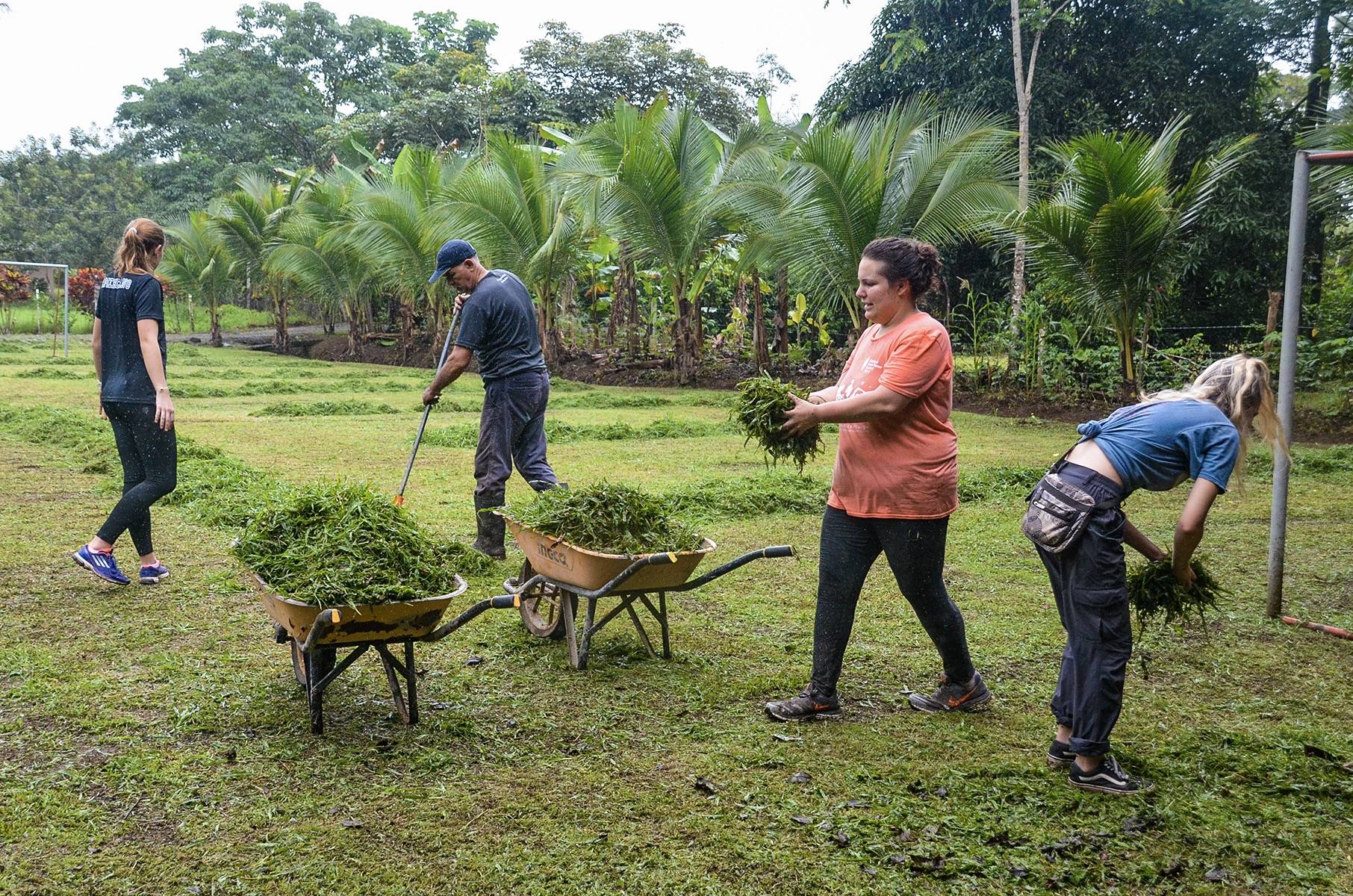
How Emotions Can Power Up Your Spiritual Journey!
May 17, 2024
The Paradox of Progress: Homelessness in the Developed World
May 19, 2024
Photo by Proyecto Asis on Flickr
The spirit of volunteerism, which is serving the needs of other people in society by volunteering one's time and personal resources, has already been adopted worldwide. However, a common worry remains: Has our ever-faster, hyper-connected world left volunteering and community building behind? Have these key ingredients of a strong society atrophied under a continual bombardment of busy schedules and digital distractions?
A closer look shows the real thing. Although traditional volunteering is under challenge, the spirit of volunteering is alive and kicking. But what are the factors shaping its transformation, and the old value it continues to bring to individuals and communities?
The Busy Bee Blues: Challenges to the Traditional Volunteering
It is the irrefutable truth that, at present, we are leading lives busier than at any other time in our past. A 2022 study by the Pew Research Center indicated that an astonishing 72% of Americans state their lives are always busy as they respond to the pressures on their lives. Demanding work hours, long commutes, and kids in need of their parents can make time for volunteering seem like a luxury. Add in social media and the new norm for life interactions. They allow humans to be connected over great distances, yet at the same time, they bring connection without physical presence and shared experience that makes place-based communities.
This changing social scene may be indicated by a slight decline in traditional forms of volunteering for institutionalized groups. For example, volunteering rates for teenagers in the United States (16-19 years old) fell from 27.8% to 26.2% between 2018 and 2020, according to a report published by the Corporation for National Service in 2021 (nationalservice.gov).
The Development of Volunteering: A More Nuanced Picture

Teenage Volunteers at Multnomah County Library
However, painting a picture of total decline may be more complex. The Bureau of Labor Statistics reports that 22.9% of adults in the US volunteered their time in 2022 (bls.gov). This implies that the desire to contribute is not waning but finding ways to manifest.
The rise of the Internet and social media, in all its forms and variations, has generated a whole new creation of different types of communities in which they come together or link up to many people who share specific interests. Such a large number of people might collaborate on issues that they care for, even though geographically separated. For instance, Facebook groups that are organized around neighborhood cleanups or online forums for environmental activism have tapped into the power of virtual communities for people who feel a shared purpose.
Online fundraising platforms provide an even more significant opportunity to mobilize people around any cause they believe in, thereby bypassing all the traditional structures of volunteering. GoFundMe and Kickstarter are major examples of such platforms, through which one can directly raise funds for a project or organization, creating a feeling of causing direct impact.
Added to this, the face of volunteering is changing. It may not have as much of the classic form, like soup kitchens or charity work, but instead, others keep rising. An example is micro-volunteering, where one does minute online tasks to build a much larger project. It allows anyone to volunteer, even those who are too busy for it. According to a 2023 report by Idealist.org, 38% of volunteers reported opportunities for micro-volunteering in the last year. Another growing trend is skills-based volunteering, where individuals put their professional experience to work for non-profits, which allows individual professionals to contribute value without making long-term time commitments.
Critical Analysis: Benefits and Challenges
This evolution of volunteering provides both new opportunities and challenges. For the better part, it offers more flexible, accessible ways of contributing during this time for service to extend volunteerism and make the large number of people who have tight schedules or less mobility inclusive. This can link individuals, transversing all geographical boundaries, who have shared passions, therefore fostering a sense of global community by taking on challenges beyond national borders.
This, however, comes with its own set of challenges. The facility of being able to offer services online may make the volunteer feel removed from the community they are serving. In fact, volunteering may be an important bonding experience with the actual act of laboring side by side with someone else toward a single purpose that interacting solely over the Internet will not provide. An over-reliance on participative technology may lock out a section of the population who either have no access to that technology or cannot afford it, thereby worsening their already disadvantaged situation.
Heading Forward: Establishing a Culture of Contribution
And what is the secret to energetic, still relevant volunteering and community-building? Adapt to change and cultivate a culture of contribution.
Some considerations:
● Flexible Volunteering: Organizations are evolving in terms of opportunities, with short-term, virtual, or micro-volunteering.
● Emphasizing the Benefits: Researchers believe that volunteering can improve mental health, tone down stress, and increase socialization. A 2024 study conducted by the University of California, Berkeley, showed that volunteers reported significantly lower levels of loneliness and social isolation. Underlining these benefits, in addition to the societal good of volunteering, can give volunteer recruits a powerful impetus.
● New Forms of Community Support: Social media groups, online forums, and community-based projects generate feelings of belonging anew. Use these platforms to support your organizational needs—for example, supporting potential volunteers and building feelings of shared purpose.
● Reducing the Digital Divide: Work towards increasing access to technology and digital literacy to ensure that everyone has a chance to participate in online volunteering opportunities.
● Engage in Skills-Based Volunteering: Matching volunteers' skill inventory with organizational needs creates a much greater level of fulfillment and meaningful experience for both parties.
● Measurement Promotion and Recognition: Measuring the impact that offline and online volunteer measures bring to the community would, therefore, motivate its members to participate more. Recognition programs also exist that help acknowledge or appreciate volunteers' contributions.
Value of Volunteering:
While the face of volunteering continues to evolve, Some principles remain static:
- lending a helping hand
- connecting with others
- being part of positive change in our communities is a timeless aspiration
Adopting new engagement models, promoting flexibility, and valuing the plentiful benefits of volunteering ensures that this vital spirit continues to thrive. In a world that is many times alienating and impersonal, a culture of contribution through volunteering will raise social tissue. This is the collective way in which we can build a stronger, more vibrant community for ourselves and future generations.


